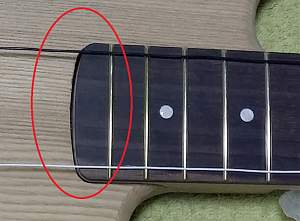Hi all,
The kit came exactly on Christmas eve! Unpacking and checking the items with excitement, seems all is well, expecting a lot to look forward to building up my first own P-bass. Here is my diary. Your advices and information will be appreciated very much.
Day1. Started with mock build and looks fine. It is beautiful Ash grain!
Day2. I made a hole on the neck to bolt on body. I purchased e-drill/driver from hardware shop and found its very useful.
now done the hole.
Ooops, at the very first step, I think made a big mistake… there is quite a space between neck and body. hope this won't cause problem with sound....










 Reply With Quote
Reply With Quote